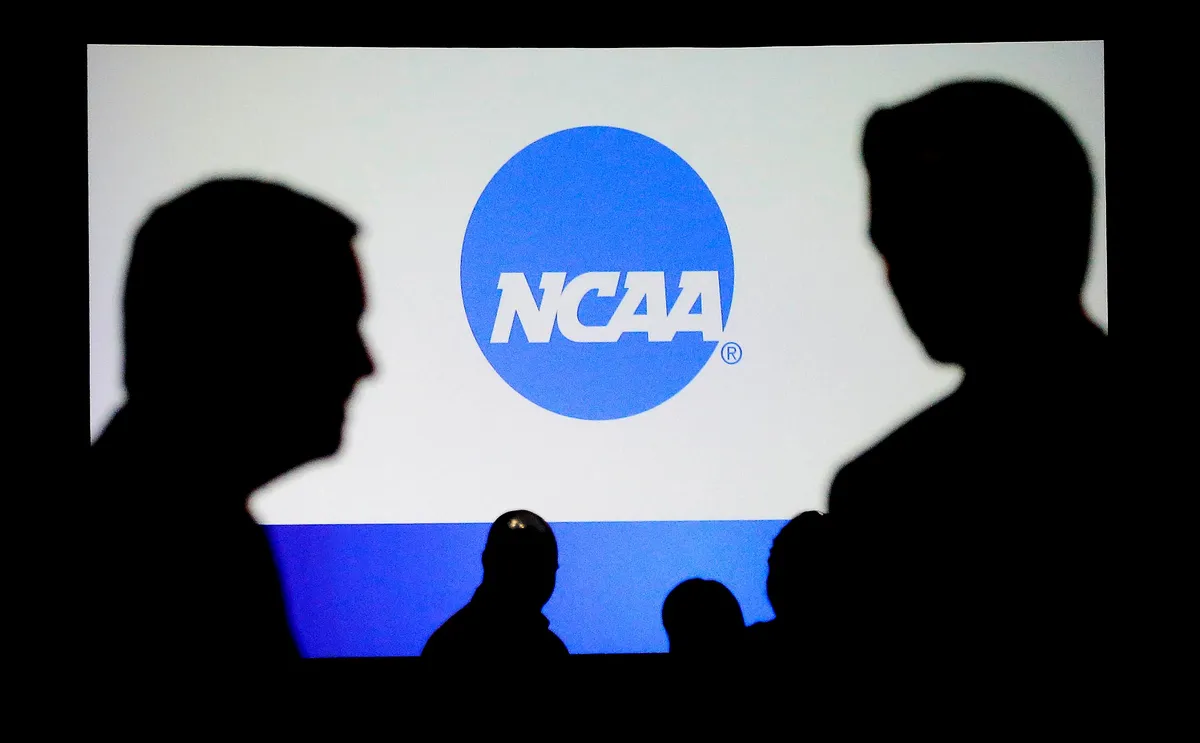
In 2004, the late Hall of Fame basketball coach Bob Knight delivered a poignant speech at the National Press Club in Washington, D.C., aimed at highlighting the NCAA's growing obsession with creating convoluted rules. Knight utilized two striking props to emphasize his argument: a neatly printed copy of the United States Constitution spanning 15 pages and a hefty NCAA Division I manual, which he dramatically dropped on the table, producing a resonating thud. His message was clear: the overwhelming complexity of the NCAA rules was a significant issue plaguing college athletics.
While Knight's critique of the NCAA was valid, it is essential to recognize that the manual's expansion resulted from a continuous cycle of violations by coaches, players, boosters, and even shoe companies. As each rule was introduced, creative workarounds emerged, necessitating further amendments and additions. The simplest rule—players are only entitled to tuition, room, and board—struggled to stand firm against the relentless forces of capitalism, where an athlete’s worth is determined by what someone is willing to pay. The late basketball coach Jerry Tarkanian famously quipped, "Nine out of ten schools are cheating; the other is in last place," underscoring the pervasive rule-bending within college sports.
After a brief period of leniency where name, image, and likeness (NIL) allowed donors to compensate players and recruits freely, college athletics is now revisiting its rule-making phase. This era, often referred to as the Wild, Wild West, has seen a shift from the underground dealings of yesteryears to more transparent, above-the-table transactions. Recently, a significant development occurred when U.S. District Judge Claudia Wilken in California approved the so-called House settlement, marking a new chapter in college sports history.
This settlement enables schools to share revenue directly with their athletes while attempting to establish a cap on total payouts at $20.5 million per institution. However, it stops short of classifying players as university employees and introduces a convoluted system to define what constitutes a legitimate NIL deal. For instance, while a player like Caitlin Clark may secure a sponsorship from State Farm, the settlement complicates the landscape of compensation for college athletes.
Theoretically, the system is not entirely flawed, especially for those who advocate for a free-market approach. However, history suggests that adherence to any set of rules in college sports is unlikely. Kansas basketball coach Bill Self expressed concerns about the practicality of enforcement back in March, highlighting the challenges faced in regulating an open market. ACC commissioner Jim Phillips echoed these sentiments, noting that the absence of regulations has created an environment with no accountability.
Despite the absence of regulations, the open NIL era has surprisingly leveled the competitive playing field. Teams across various regions found themselves more capable of fielding national championship contenders, with talent distribution becoming less reliant on traditional factors like geography or historical success. Coaches like Kelvin Sampson of Houston emphasized the importance of keeping NIL transactions transparent, advocating for an environment where players’ market values are recognized without deceitful practices.
As college sports leaders push for new regulations, the question remains: can these rules effectively change the landscape of college athletics? Big 12 commissioner Brett Yormark asserted that if the rules are broken, there will be consequences. Yet, many coaches have anonymously expressed skepticism about whether these new regulations will be followed, with SEC commissioner Greg Sankey noting a universal desire for oversight and structure among coaches.
The complexities of player value add another layer of difficulty. Coaches rely on talented athletes to secure victories, while schools benefit from increased revenue and student applications. The joy of winning for alumni transcends financial considerations, complicating the conversation surrounding athlete compensation. With NIL continuing to exist alongside booster collectives and players permitted to engage agents, the potential for additional compensation outside of established parameters remains vast.
As ACC commissioner Jim Phillips acknowledged, the journey toward effective regulation will not be flawless. However, there is a commitment to progress, aiming to adapt and strengthen the model that supports college sports. This is reminiscent of how the NCAA manual became unwieldy in the first place, indicating that while the era of deregulation may have ended, the game remains fundamentally unchanged.